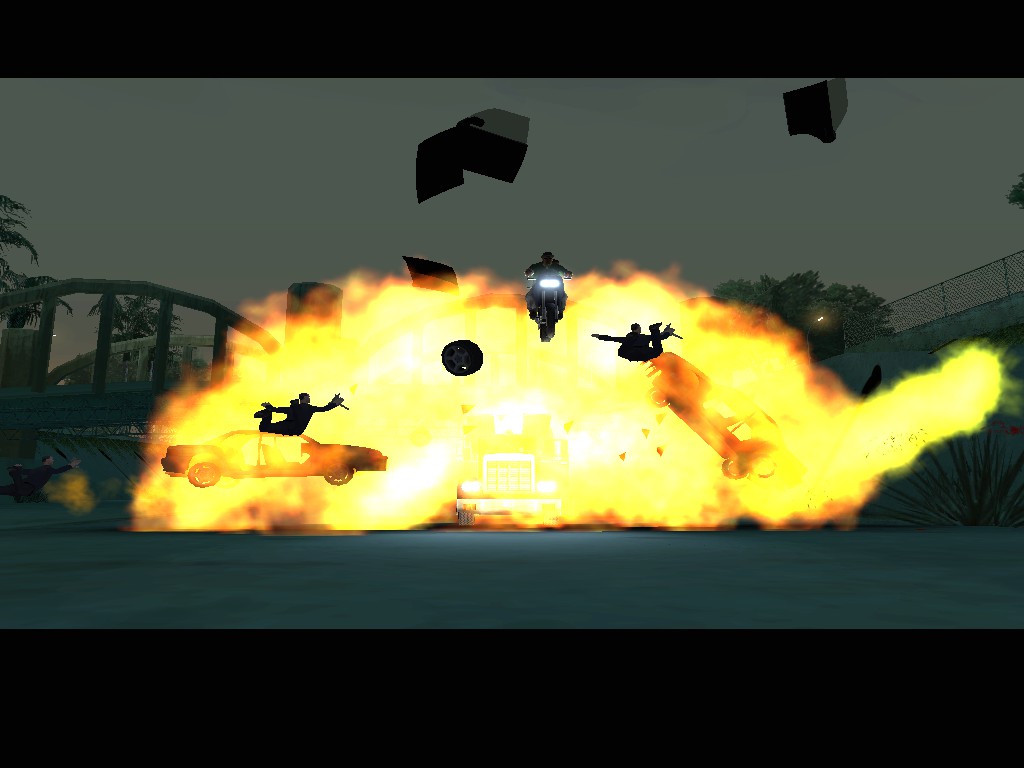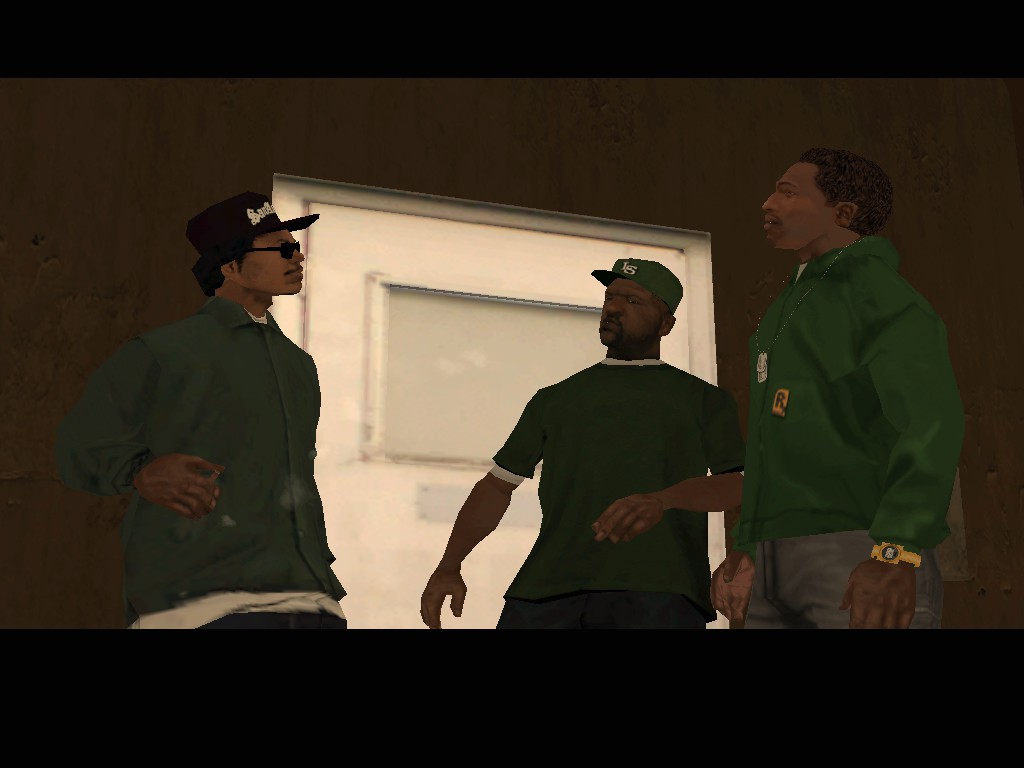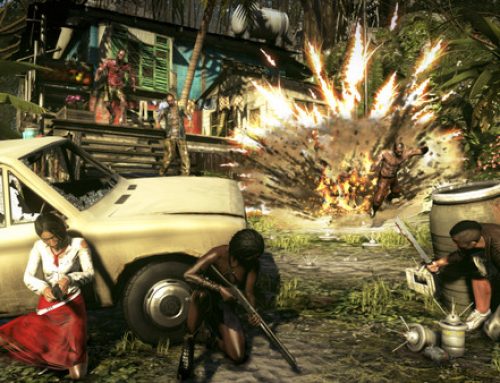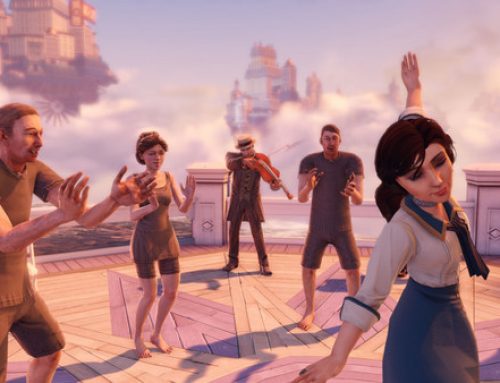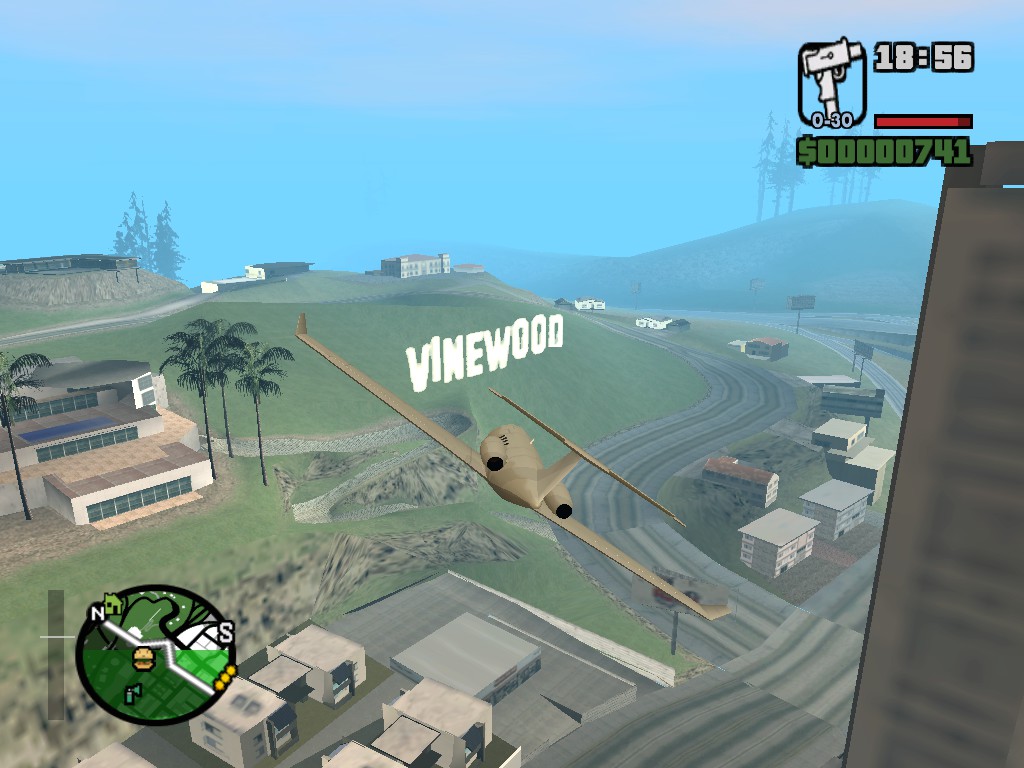
Fans of Grand Theft Auto: San Andreas will get a chance to revisit that game's setting this fall in Grand Theft Auto V.
By EMMANUEL LOPEZ
THE PRESS DEMOCRAT
Grand Theft Auto V, due out Sept. 17, takes us back to a familiar place — San Andreas, the fictionalized California that served as the backdrop for 2004’s Grand Theft Theft Auto: San Andreas.
It’s been nine years since Rockstar first visited the West Coast in GTA: San Andreas. The question is whether this return trip can capture some of the spirit and ridiculousness of GTA: San Andreas. With GTA V putting gamers in a San Andreas state of mind, it seems almost obligatory to revisit that place and remember how GTA: San Andreas turned everyone’s expectations for an open-world sandbox game upside-down.
Rockstar Games certainly had big plans after 2002’s hugely successful Grand Theft Auto: Vice City. The pastel-splashed crime saga redefined the open-world game genre, creating a huge environment to explore while poking fun of a decade that featured MTV and enough hairspray to create a hole in the ozone layer.
So when Rockstar announced a new GTA game for 2004, it had everyone thinking “What could possibly top Vice City?” The easy answer would have been to keep doing more of the same. But Rockstar had a more outrageous solution — make it bigger and make it crazier. Nobody knew how much bigger the game would be. And nobody could predict how crazy it would become.
GTA: San Andreas takes place in 1992 and America’s nursing a hell of a hangover from the neon-soaked excess of the previous decade. Protagonist Carl Johnson is back in his old hood after getting word his mother was killed in a drive-by shooting. He returns to find the place is a mess, his old gang — the Grove Street Families — losing territory and influence to rival groups. Now it’s up to him, his brother Sweet and his homies to take it all back.
As soon as the game begins, the first thing that is apparent is how much area Los Santos, a digital doppelganger of Los Angeles, encompasses. It’s easily larger than the fictional Miami in Vice City. But then you hit the pause button and the game map shows the whole enchilada just waiting to be unveiled and explored. And it leaves you wondering what role all of this real estate will play in the story.
In-game models and textures are crude by today’s standards, but despite the technical limitations of the time, there’s a staggering amount of detail and sense of place across San Andreas. Each locale has its own character, from the sprawling Los Santos metropolis, to the scenic hillsides in San Fierro and the glittery boulevards of Las Venturas. Even the sprawling forests and deserts in between, and the small towns within them have their charms.
However, this world doesn’t exist solely as a canvas for criminal hijinks or as pretty scenery to be admired. It is a game environment that feels dynamic, lived in. Even in 2013, it holds up surprisingly well against modern-day open-world games, even surpassing a few.
A soundtrack with offerings from artists as diverse as Ice Cube to Rage Against the Machine helps frame the time period in which San Andreas is set. Of course, no soundtrack of the West Coast in the 1990s is complete without a heavy dose of the G-funk sound that helped usher in the era of gangsta rap into the cultural mainstream.
There’s something picture-perfect about cruising through the streets of Los Santos in a low-rider, doing drive-bys on rival gangsters while Ice Cube riffs on the great day he’s having or driving a tank and leaving a wake of destruction to the tune of Guns N’ Roses’ “Welcome To The Jungle.”
An interesting dichotomy begins to emerge as you play through GTA: San Andreas. It is a game embracing its pedigree and yet attempting to move beyond it. Nowhere is this paradox more apparent than in its protagonist.
What sets CJ apart from previous GTA protagonists — Claude, the silent goon of GTA III and Tommy Vercetti in Vice City — is his depth and complexity. Or rather that he has a personality at all. In GTA III and Vice City, the main character’s primary purpose is to serve as the player’s avatar, giving us a means to live out our criminal fantasies vicariously.
CJ is not a violent sociopath like his predecessors. Even though we are free to go off on crime sprees at any time, there’s a conscious effort to portray CJ as a sympathetic figure. The gang life of Los Santos is merciless, but CJ and the Grove Street Families are cast in a more romanticized light, a tight-knit band of urban survivors rather than a group of hardened career criminals. Yet CJ finds himself reluctantly drawn back into a world he tried to escape, becoming entangled in shaky alliances and struggling to do what he feels is the right thing.
Despite some spotty targeting controls and uneven difficulty spikes, GTA: San Andreas is a flat-out fun game to play and explore. Missions vary greatly, even as they border on the absurd at times. It’s a mash-up of wildly disparate game genres that blends together and gives the player an incredible degree of freedom to experience the game however they so choose.
Role-playing game elements, while providing a sense of realism, occasionally intrude on the main gameplay. One mission requires CJ to have spent some time splashing around in the water to upgrade his lung capacity before it even becomes available. Some of the later stages become rather difficult if you haven’t spent some time grinding out upgrades to your health, armor and weapon skills.
CJ’s story of gangland redemption draws heavily upon early 1990s urban crime dramas, but quickly veers into unexpected areas once the narrative leaves Los Santos. Some missions — sneaking aboard an aircraft carrier and stealing a jet — have a definite James Bond vibe to them, while the casino robbery that forms the main plot thread in Las Venturas could easily pass for an Ocean’s Eleven sequel. It’s an amusing contradiction, but you get the sense Rockstar crafted the story to fit the game world, and not the other way around, and struggled to incorporate all of the cities into it.
The sheer size of GTA: San Andreas proves to be its greatest strength and its biggest liability. The game has this incredible story it’s dying to tell you, but the unbridled freedom it offers players makes it all too easy to get derailed from advancing the plot. These excesses certainly provided the impetus for Rockstar’s scaled-down, narrative-heavy approach to Grand Theft Auto IV in 2008. This movement met some resistance from longtime fans, who criticized the dour tone of Niko Bellic’s story and the rather bland rendition of Liberty City. It was with The Ballad of Gay Tony that Rockstar began to reconcile this new style of GTA with some of the over-the-top antics of previous installments, showing that a strong story and ridiculous fun were not mutually exclusive.
It’s difficult to describe GTA: San Andreas without spouting off a litany of superlatives. The one word that keeps coming to mind, however, is ambitious. The brazen juvenile humor, rampant violence and pointed satire are there (even when it isn’t, as in the case of the notorious “Hot Coffee” scandal). But GTA: San Andreas shows a Rockstar daring to stretch itself and take a mature approach to elevating the open-world genre as a viable storytelling medium, providing the blueprint for recent masterpieces such as Red Dead Redemption.

